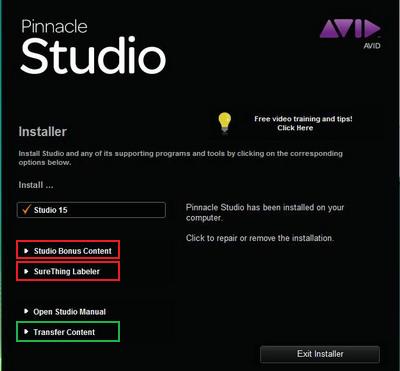

Video and audio streaming from sites such as YouTube and Hulu already accounts for almost 27 percent of global Internet traffic, according to a report by network-management systems vendor Sandvine. Indeed, Xie says, as multimedia becomes more and more dominant on the Internet, demand for P4P implementations will grow, particularly from ISPs seeking to lower the amount of money they need to spend on new fiber and inter-ISP data transmissions. The company’s clients include Nexon America, one of the largest free-to-play online video-game companies, and NBC.com, which uses P4P to deliver full-length HD shows over the Internet. The company uses the maps to help route content more quickly to those same computers.
WHAT IS PANDO MEDIA BOOSTER USED FOR SOFTWARE
Robert Levitan, Pando’s CEO, says that the company used the expertise it gained through those trials to develop algorithms that automatically derive network maps, based on information gathered from software installed on individual users’ machines (more than 30 million computers have Pando’s media booster software installed). Several other ISPs are considering implementing P4P, Xie says Comcast, for instance, publicly stated its interest in the technology following last fall’s trial. Since then, Verizon and Telefónica have both implemented versions of P4P within their networks, though the network maps may not be available in all regions or to every P2P provider.
WHAT IS PANDO MEDIA BOOSTER USED FOR DOWNLOAD
In collaboration with Xie, Pando worked with Verizon, Telefónica, AT&T, and Comcast to run two sets of P4P tests last year the results showed that P4P could speed up download times for file sharers by 30 percent to 100 percent, while also reducing the bandwidth costs for ISPs. Pando Networks, which facilitates Internet content delivery, was the first company to adopt P4P techniques.


 0 kommentar(er)
0 kommentar(er)
